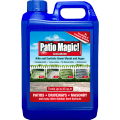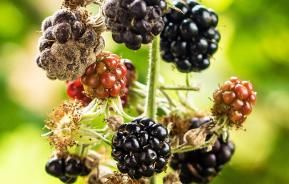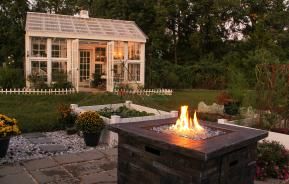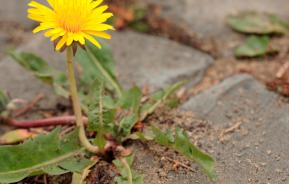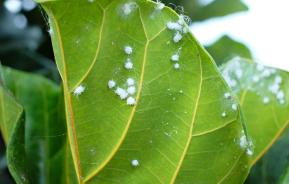The typically green algae can grow just about anywhere in the garden, wherever the conditions are generally cool and moist. They can grow on just about anything too – from paths and paving, garden structures, pots and ornaments, on tree and shrub stems and, of course, in huge numbers in ponds, water butts and any other standing water.
Description
Algae do not harm the plants they grow on, but because they more commonly grow on plants that are already stressed, weak or lack vigour, many people think they are the cause of the problem. Some people actually like them, as they give a mature look to the garden. They prefer growing in areas that are moist or damp and shady, but this isn't always necessarily so.
Symptoms
When growing on trees and shrubs, the usual reason is that the plant is either already weak or stressed. It could simply be that it is old and getting ‘past its best’, or has already begun to die back because of some other problem.
When growing on paths, paving and patios, they can make the surface very slippery and dangerous.
In ponds, they produce the typical 'green pea soup' discoloured water, as well as green scum on the surface or dense mats of green growth – including blanket weed. Excessive growth can lead to oxygen levels in the water dropping, which can then have a detrimental effect on pond life – especially fish.
Treatment and control
On Plants
There are no chemical controls for algae growing on plants.
You could try to physically remove it, but this should be avoided as it would probably do more damage to the bark and branches.
Algae on plants can be controlled to some extent by improving air circulation around the plant – prune out any overcrowded branches and remove vegetation growing around it.
Improve the overall growing conditions for the plant to improve its strength. Look at the condition of the soil and whether it becomes too dry in summer or waterlogged. Ensuring conditions for good root growth will help to increase the plant's vigour. Water if and when necessary, mulch the soil and feed annually in spring. Applying a foliar feed, especially of a seaweed-based tonic, may help to improve strength and vigour.
On Hard Surfaces
On hard surfaces, they can usually be controlled by physical removals, such as with a scrubbing brush, wire brush or a pressure washer (although this just usually spreads it around), or by treating with a patio cleaner.
In Ponds
There are numerous reasons why algae build up in garden ponds.
If the pond is too shallow, the temperature rises quickly in summer, leading to excessive algal growth. Ponds in very sunny positions, with little surface planting to provide shade, can also be prone to algal build-up. Use lilies and floating plants to provide adequate shading – covering at least one-third of the surface area.
Algae also form when there are too many nutrients in the water. This could be due to a build-up of debris – including dead and decomposing pond plants, fallen leaves and fish faeces – or nutrients and plant feed leaching in from the surrounding soil.
- Blanketweed and floating algae can be removed by netting them or winding them around a bamboo cane.
- Floating bags of barley straw may help discourage them.
- Pond filters – especially UV filters – will help control them.
- Various chemical water treatments are available.

